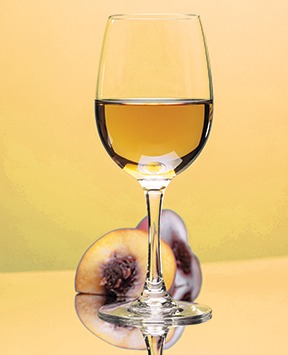Key Lime Session Mead
Key Lime Session Mead
(5 gallon/19 L batch)
OG = 1.054 FG = 0.997 (prior to backsweetening) ABV: ~7.6%
Ingredients
7.1 lbs. (3.2 kg) mesquite honey
1.75 lbs. (0.8 kg) mesquite honey (for backsweetening)
15 g Lalvin 71B-1122 yeast
18 g BSG Startup™ (yeast re-hydration)
7.5 g BSG Superfood®
2.5 g diammonium phosphate (DAP)
24 fl. oz. (0.7 L) key lime juice
1.6 g potassium metabisulfite
3 g potassium sorbate
1 Tbsp. Sparkalloid
3/4 cup corn sugar (if priming)
Step by Step
Place honey in a large fermenting bucket. Add 1.5 gallons (5.7 L) of hot water. Mix until the honey is well diluted. Top off to just shy of 5 gallons (19 L) with cold water and mix well. Mixing is the simplest form of aeration, but if you have a setup to aerate with forced oxygen this can also be used. Prepare your Startup™ or other yeast re-hydration agent in 12 oz. (340 g) of 110 °F (43 °C) water. Add the yeast when the temperature drops below 104 °F (40 °C). Let it sit for 10 minutes. Add 1 Tbsp. of the prepared must and stir in the yeast. Allow this to sit for another 10 minutes. Activity should be obvious a few minutes after mixing the last time.
Once the temperature of the must and the rehydrating yeast are within 18 °F (10 °C) of each other the yeast can be pitched into the must and the bucket can be sealed with an airlock.
One third of the BSG Superfood® and DAP should be added at 24, 48 and 72 hours after yeast was pitched. A vigorous degassing with a spoon/paddle should be performed before each nutrient addition.
When the mead reaches terminal gravity, rack into a carboy and add the potassium metabisulfite and potassium sorbate. Allow this to sit for 1–2 days to ensure any active fermentation completes. Prepare Sparkalloid in 8 oz. (227 g) of boiled water for clarification purposes. Add the remaining honey (mix with a little hot water to liquefy), key lime juice, and Sparkalloid. Mix well. The gravity at this point should rise to about 1.010.
Once the mead is clear, or as clear as desired, it can be kegged or bottled. Mead can be left still or carbonated to 2–3 volumes of CO2.






